- How to Propagate Monstera Guide: The Three Ways to Succeed - September 17, 2021
- Escargot Begonia: Why Is The Rex Begonia So Rare? - August 31, 2021
- Rieger Begonia: When You Can Expect The Hiemalis Begonia To Flourish - August 31, 2021
This variety of Peperomia is very succulent-like. Its combination of succulent characteristics and the easygoing Peperomia family traits make this plant an ideal option for a beginner or a busy gardener. With so many positive attributes going for it, you’re going to want one Peperomia Prostrata for your own window sill garden or to use as a hanging plant on your back deck.
How to Identify String of Turtles
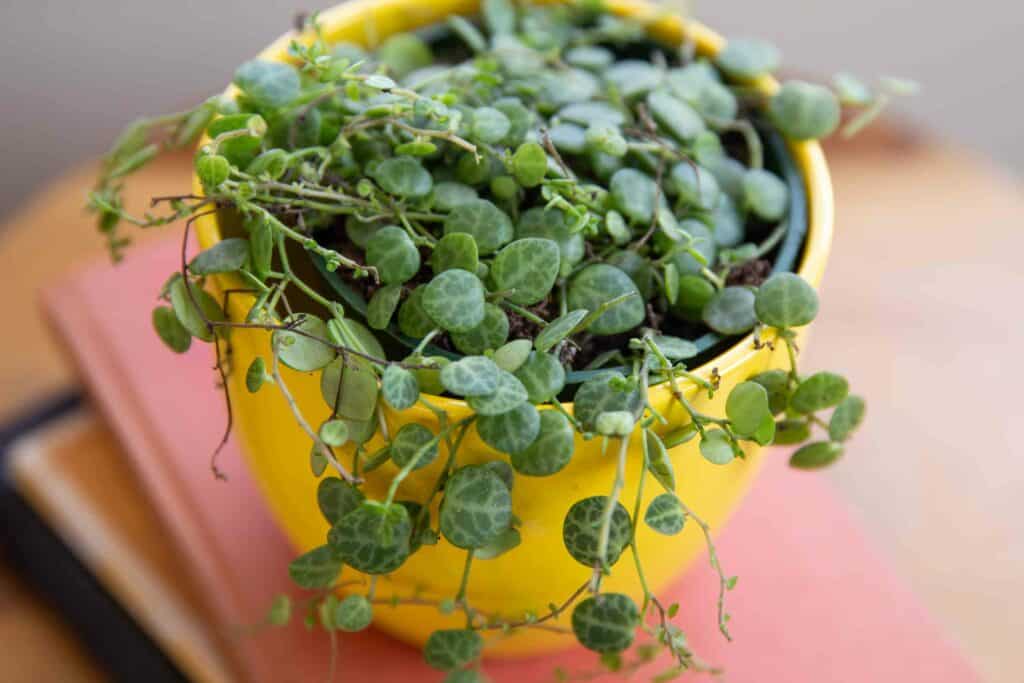
Its common name says it all: this is a plant that looks like tiny turtles strung together on vines.
How to Grow String of Turtles from Seeds
Because it can take a long time to see any significant signs of growth, planting Peperomia seeds is not the optimal method gardeners use to propagate these plants. Of course, this does not mean you cannot enjoy this process and turn it into a fun project. If this is the method you have chosen for your garden, follow these steps:
- Purchase seeds from a reputable seller (sellers who price their seeds between $1 and $2)
- Fill a container with a soilless seed starting mix
- Plant the seeds in the seed starting mix
- Water the mix so that it is moist but not soggy
- Place plastic wrap over the top of the container
- Set the container in a warm spot that gets plenty of bright, indirect sunlight
- Once sprouts appear, transplant the seeds to a container filled with soil that has a pH level between 5 to 7
How to Propagate String of Turtles
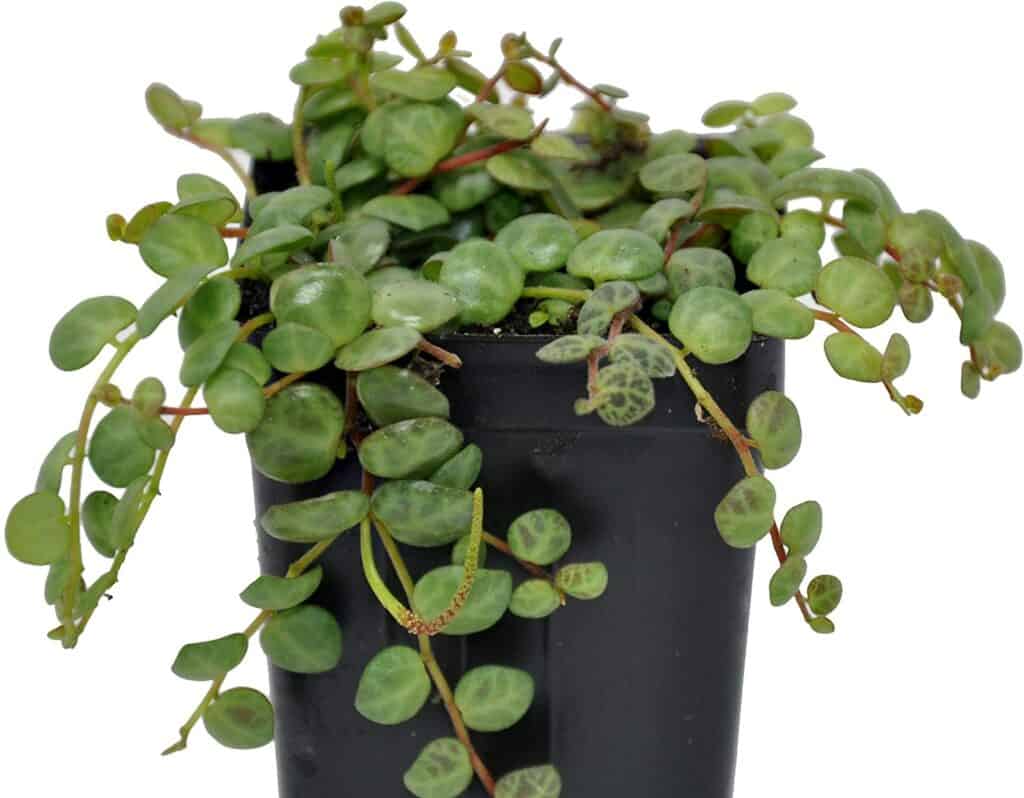
This plant is extremely easy to propagate via stem cuttings; in fact, this may be a part of your regular care and maintenance routine since it can be done at the same time you prune your plant.
The Stem Cutting Method:
- Clean a pair of scissors or another type of cutting utensil
- Cut off a healthy stem that includes a petiole and leaf
- Fill a clear glass jar with water
- Stick the stem into the glass of water
- Set the plant container in an area that is warm and receives plenty of indirect or filtered sunlight
- Change out the water every week
- Once a new root system appears, transfer the plant to a plant container with well-draining soil that includes 50% peat and 50% perlite
- Treat the plant as a mature plant
String of Turtles Growing Conditions

To care for a tropical succulent-like plant, you may need to invest in the following items:
These plants require tropical conditions in order to grow strong and healthy, so they will need extra heat and humidity sources when they are kept in air-conditioned or heated homes. Ideally, this tropical plant should be kept in a spot that is away from vents and doors and has temperatures ranging between 68 and 75 degrees Fahrenheit.
How to Plant String of Turtles
You should only need to repot your String of Turtles plant every two to three years. This is because most Peperomia varieties enjoy being tight and cozy in their plant containers.
Nevertheless, repotting these plants every few years will provide them with new soil that contains fresh nutrients and it will reduce the risk of pest infestations and diseases that can reside in old soil and dirty plant containers.
Keep an eye out for the following signs to know whether or not your plant needs repotted before two to three years has passed:
- Compacted Soil
- Roots that are crowded and growing into a ball formation
- A plant that looks too big for its current container
When it comes time to repot your Rainbow Peperomia, follow these steps:
- Fill a container with potting soil (if the plant has outgrown its current container, choose a new container that is two inches larger in diameter)
- Create a hole in the soil for the plant to set inside
- Carefully remove the plant from its current container
- Softly dust off any excess soil from the roots of the plant
- Set the plant into the hole in the new container
- Disperse the soil around the base of the plant and check that it is secure in its new container
- Lightly water the plant
- Set it in a warm spot with indirect sunlight
Note: Repotting should only be done on warm spring days to reduce the risk of the plant going into shock
String of Turtles Potting & Soil
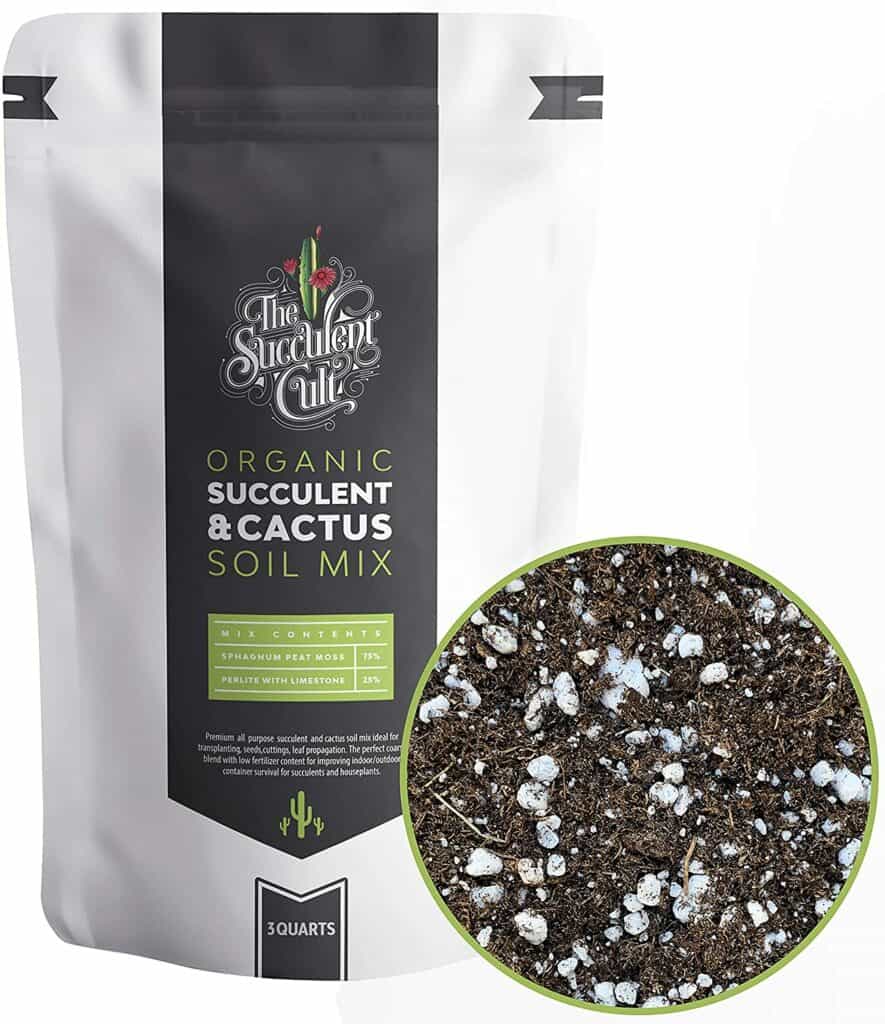
A proper container filled with the proper type of soil can reduce the chance of root rot, pest infestations, and other diseases plants face. The type of soil and container that String of Turtles will grow best in is something that is capable of draining off excess water.
Try these recommended products for your String of Turtles:
- The Succulent Cult’s Organic Succulent & Cactus Soil Mix
- String of Turtles plants look great and grow very well in hanging planters such as Jeria Hanging Planter Baskets.
String of Turtles Water Requirements
Root rot is a big deal to these plants, so it is necessary to learn how to properly water them or you will be dealing with a dead or dying plant very quickly. Peperomia plants should be watered using the soak and dry method. It is a very simple method with six steps:
- Test the plant’s soil before watering it. It should only be watered if the top two inches of soil is completely dry. If it is still moist, wait another day to water it.
- Fill a tray or a tub with water.
- Set the plant container in the water, but make sure the water isn’t so deep that it will overflow the lip of the container. The point of the soak and dry method is to utilize the drainage holes in the plant container to soak up water from the bottom.
- Let the plant soak up water for fifteen minutes.
- Remove the plant from the water.
- Set the plant in a spot where the excess water can drain from the container’s drainage holes.
Root rot infesting your plants should not scare you. If you really want to make sure all your plants are getting the proper amount of water in the proper method, consider downloading a plant watering app. These apps are capable of reducing or removing any worries you may have about watering your plants.
They are designed to keep track of when you watered your plants, to remind you to water your plants, and to answer questions about your plants. No more watering worries now.
String of Turtles Light Requirements
Proper lighting is another essential care factor when it comes to all varieties of Peperomia. They all have delicate leaves that can easily burn and wither from exposure to direct sunlight, so if you want to successfully grow this plant, then provide it with bright or low light that is either filtered or shaded.
Test your indoor spaces with either a light meter or a light meter app to ensure that your plants are receiving adequate lighting. If you cannot provide your String of Turtles plant with adequate natural light, they grow very well under artificial grow lights.
Best String of Turtles Fertilizer
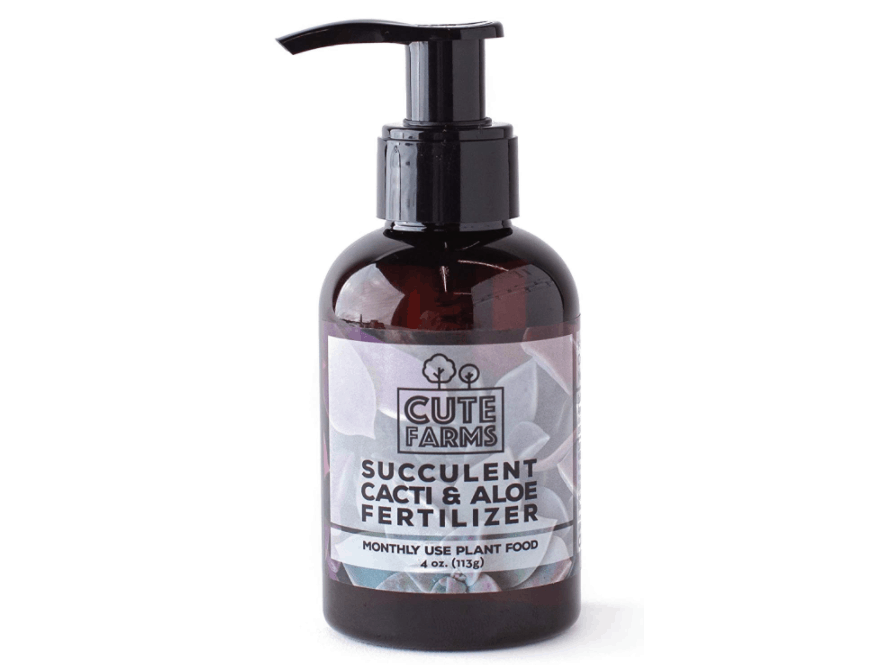
Sticking to its family roots, String of Turtles does not need to be fertilized very much or very often, you should only plan to feed it a 50% dosage either during spring and summer. Spread out these feedings every 2 to 4 weeks during this time frame.
Try Cute Farms Succulent Cacti & Aloe Fertilizer for this plant.
Best String of Turtles Companion Plantings
Plant companions are more than just decorations or aesthetic additions to a garden or window sill. Extra plants provide extra humidity and extra air purification. So, don’t skimp on how many plants you have because it is actually very pragmatic to have several plants at one time.
When considering what types of plants to use as a companion planting for your String of Turtles, keep the following requirements in mind:
- Choose a plant that has similar care requirements, e.g., the same type of soil and watering method
- Choose a plant that will look aesthetically appealing next to your other plant
- Choose a plant that is easy to grow, propagate, and care for
A few examples of plants that will meet these plant companion requirements are:
Hanging Succulent Varieties
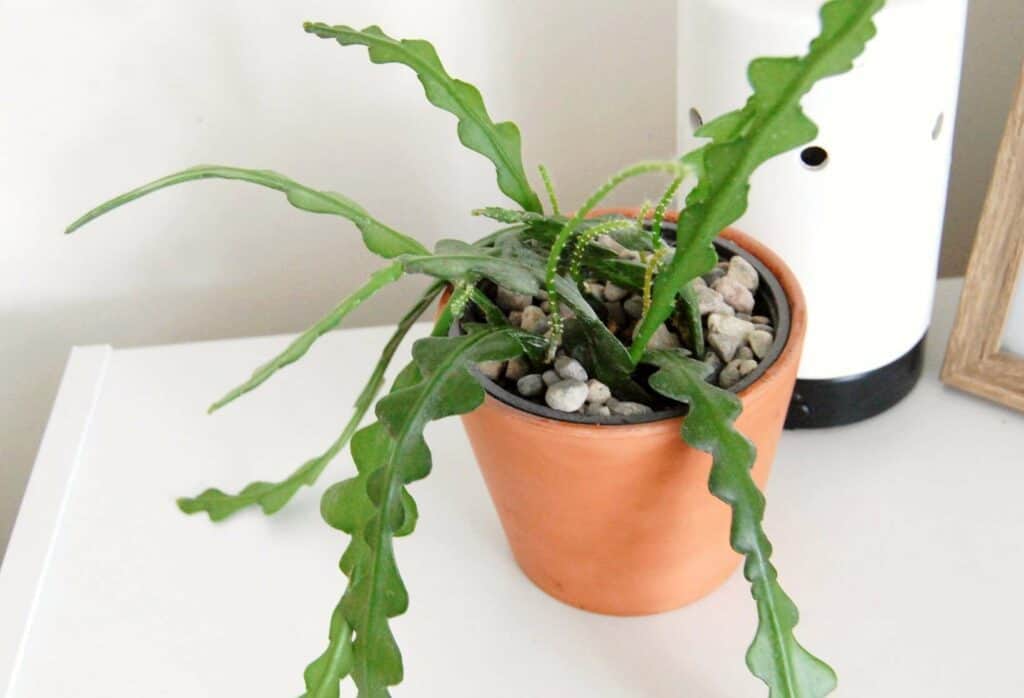
Why not grab a few other hanging plants to display alongside your String of Turtles? And while you’re at it, get hanging plants with succulent-like qualities.
Pros:
- Hanging succulents can be displayed in much the same manner as String of Turtles
- Hanging succulents will have similar soil and water requirements as String of Turtles
- Hanging succulents are typically very easy to care for
Cons:
- Some varieties of hanging succulents are toxic (String of Pearls)
- Some varieties of hanging succulents grow with sharp spikes (Rat Tail Cactus)
Succulent Varieties
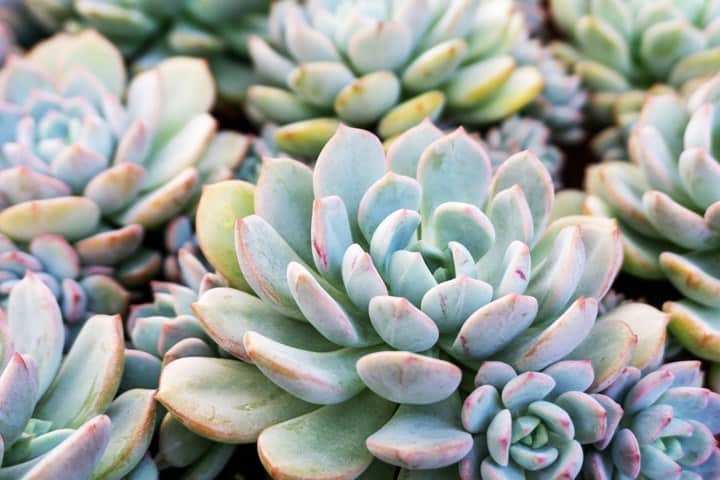
Since String of Turtles has a succulent-like list of care requirements, why not provide them with some succulents as friends? They will look great together on a window sill or clustered together on an outdoor patio.
Pros:
- Succulents are typically very easy to care for
- Succulents have similar soil and water requirements as String of Turtles
- Succulents come in many different shapes, sizes, colors, and features so you will not run out of options
Cons:
Pothos Varieties
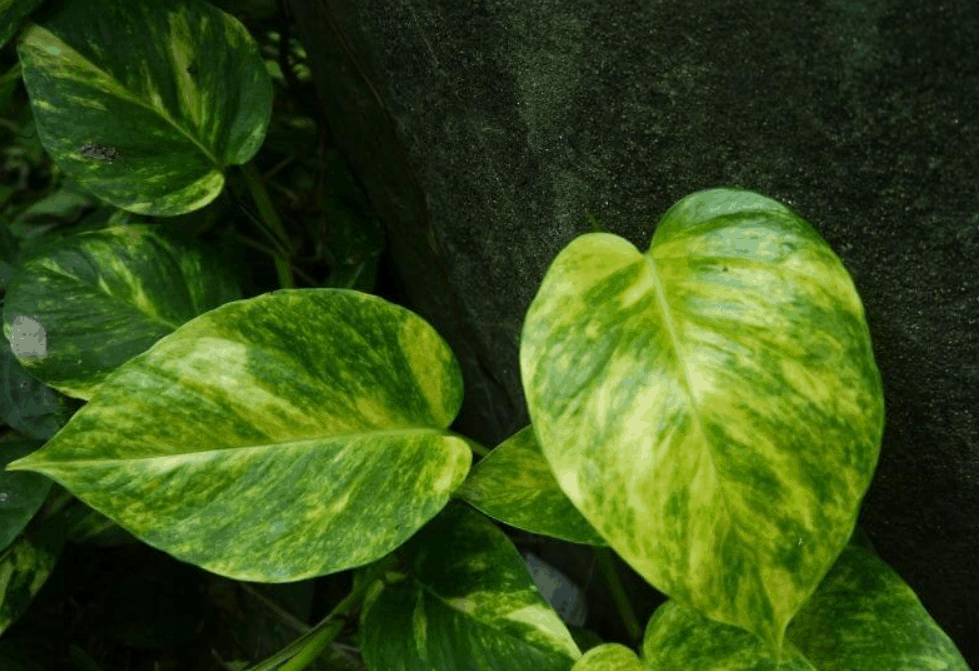
While String of Turtles has a few aspects that are succulent-like, it is still a tropical plant, so, why not provide it with a friend from the tropics? Pothos plants are famously beautiful, unfussy, and resilient. These vining plants are going to look great anywhere you place them, but especially next to a String of Turtles.
Pros:
- Pothos plants are easy to learn how to care for
- Pothos plants come in many different shades and variegations of green, white, and even pink
- Pothos plants have similar soil, water, and light requires as String of Turtles
Cons:
- Pothos plants are toxic
String of Turtles Diseases and Common Problems
Here is a list of the most common issues faced by these plants. In this list is information on how to identify and treat each issue.
Mealybugs
Evidence of an infestation of mealybugs is small white spots that look like cotton on leaves and stems. To deal with an infestation of mealybugs, follow these steps:
- Spray a solution of alcohol and water on the leaves
- Rub the leaves with a cotton ball
- Coat the leaves in neem oil or insecticidal soap every few days
Root Rot
This is caused by overwatering a plant. If you learn how to properly water your plants, they should not get root rot. If, however, you are suspicious that your plant is suffering from this, look for these symptoms:
- Stems and leaves that are black
- Stems and leaves that are translucent
- Stems and leaves that are mushy
- Leaves that are dropping off regularly
String of Turtles Treatments and Maintenance
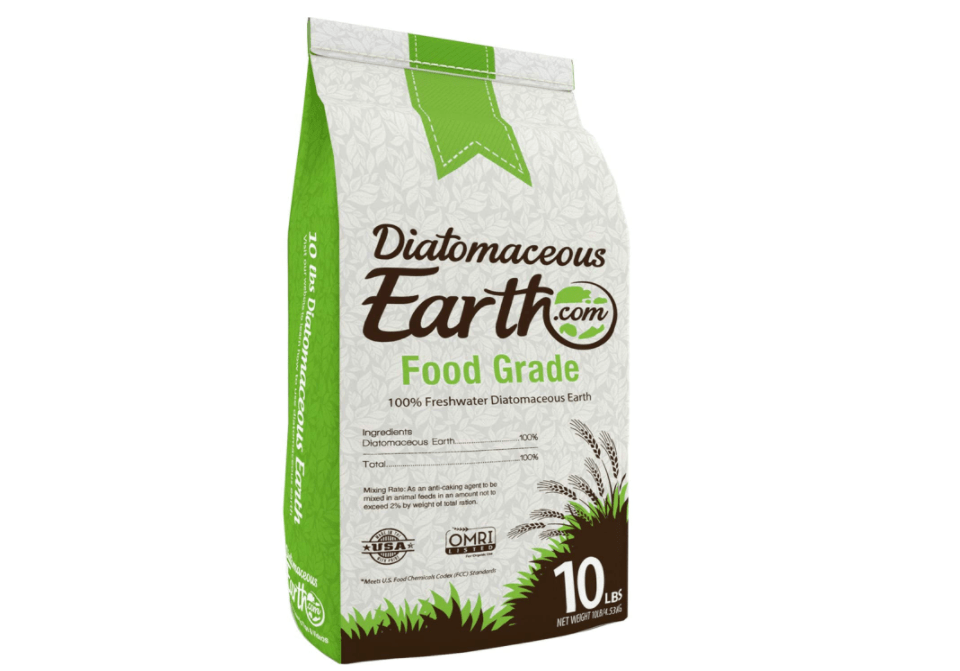
Since prevention is better than treatment, take some time to learn about what sort of diseases and pest infestations that each of your plants encounters. Then, learn how you can best treat and prevent those. Here are few tips to help keep your plants healthy and disease-free:
- Schedule a regular time to check your plants for signs of disease and infestations.
- Clean the leaves of your plant and regularly apply neem oil to leaves that can handle this type of cleaning solution (non-fuzzy leaves).
- Properly water and feed your plant.
- Set your plant in an area with adequate amounts of sunlight, heat, and humidity.
- Mix diatomaceous earth into the soil of potted plants.
Where to Buy String of Turtles Seeds Online
Since Peperomia seeds are difficult to find, it will require a little effort to search for them. If you are interested in purchasing these seeds, then start with these online shops:
Where to Buy Mature String of Turtles Online
There are plenty of great online garden supply shops, but Etsy is one shop that stands out from the rest. Browse the many shops that sell String of Turtles on Etsy and choose your plant based on reviews and ratings.
FAQs
Question: Is String of Turtles Toxic?
Answer: Yes, these are toxic plants that should be kept away from pets and small children. If a child or pet has consumed one of these plants, call a medical professional or poison control immediately.
• Poison Control Center
• Animal Poison Control
• Ask a Poison Control Vet
Question: Which USDA Hardiness Zone Can String of Turtles be Planted In?
Answer: These are not cold-hardy plants, so should only be planted in the ground if you live in zone 11. If you live in zones lower than these, they should be planted in a container that can be transferred indoors during winter.
Question: Does String of Turtles Produce Flowers?
Answer: Yes, but it is very rare that these plants will blossom when kept indoors. The flowers they do produce are small, shaped like a spike, and rather insignificant.
In Conclusion
String of Turtles will capture your heart with its unfussy beauty and easygoing nature. You don’t want to miss out on this lovely little plant, so be sure to make some room in your garden or on your bookshelf for one today.

